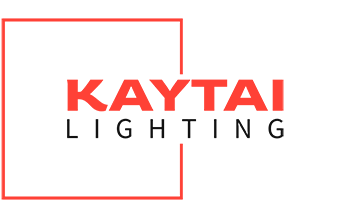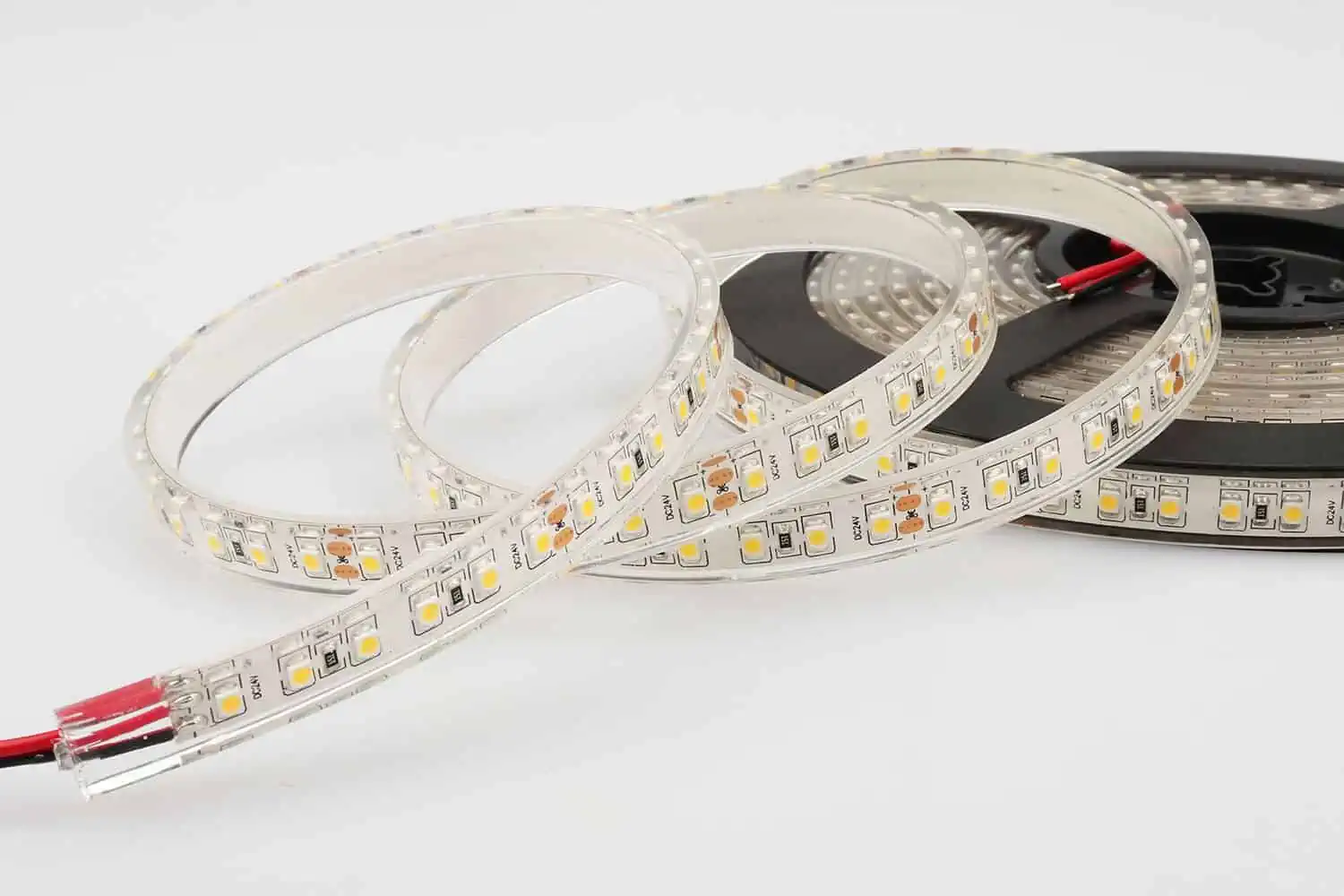As a professional LED strip light manufacturer with over a decade of expertise, Lightstec understands that waterproofing is critical to the performance and longevity of LED lighting systems. Selecting the right adhesive for waterproof LED strips can make or break your project’s success. In this guide, we break down the pros, cons, and ideal applications of four common waterproofing materials, empowering you to make informed decisions for your lighting needs.
Why the Right Waterproof Glue Matters
Waterproofing adhesives do more than just seal LED strips—they directly impact durability, heat dissipation, and aesthetic appeal. Key factors to consider include:
- Thermal conductivity (to prevent overheating and extend LED lifespan).
- UV and weather resistance (to avoid yellowing and degradation).
- Temperature tolerance (for stability in extreme environments).
- Cost-effectiveness (balancing budget and long-term value).
Let’s explore the top materials used in the industry today.
1. Epoxy Resin Glue: Budget-Friendly but Limited
Vorteile:
- Low cost and easy to apply.
- Minimal toxicity during curing.
Nachteile:
- Poor thermal conductivity traps heat, shortening LED lifespan.
- Prone to yellowing within 6 months.
- Limited temperature range (0–60°C); cracks in subzero conditions.
Best For: Short-term indoor projects or dry environments where cost is a priority.
2. Polyurethane (PU) Glue: Durable but Odor-Intensive
Vorteile:
- High transparency and UV resistance (retains clarity for ~3 years).
- Excellent heat dissipation and wide temperature tolerance (-40–80°C).
Nachteile:
- Releases strong fumes during curing.
- Higher cost than epoxy.
Best For: Outdoor applications where heat resistance matters, but avoid enclosed spaces due to odor.
3. Silicone Glue: Premium Performance for Harsh Environments
Vorteile:
- Unmatched temperature range (-50–150°C) and UV resistance (no yellowing).
- 96% light transmission and superior corrosion resistance.
- Flexible and durable, ideal for coastal or industrial settings.
Nachteile:
- Most expensive option.
Best For: High-end projects, outdoor installations, or extreme conditions (e.g., chemical plants, coastal areas).
4. PVC: Basic Waterproofing with Caveats
Vorteile:
- Low-cost material commonly used for IP65-rated high-voltage LED strips.
Nachteile:
- Poor transparency and rapid aging.
- Emits toxic fumes when overheated.
Best For: Temporary setups in dry, low-heat environments.
Comparison Table
| Material | Kosten | Temp Range | UV Resistance | Wärmeableitung | Haltbarkeit |
|---|---|---|---|---|---|
| Epoxidharz | Niedrig | 0–60°C | Poor | Poor | 6–12 months |
| Polyurethane (PU) | Medium | -40–80°C | Gut | Excellent | 3+ years |
| Silicone | Hoch | -50–150°C | Excellent | Excellent | 5+ years |
| PVC | Niedrig | 0–50°C | Poor | Poor | 1–2 years |
Waterproof LED Strip Light Applications
Waterproof LED strips are versatile and ideal for both indoor and outdoor environments. Here are some common use cases to inspire your next project:
1. Outdoor Landscape Lighting
- Anwendungen: Garden pathways, patios, pool edges, and architectural highlights (e.g., stairs, fences).
- Recommended Glue: Silikonkleber for UV resistance and durability in rain, snow, or extreme temperatures.
2. Commercial & Retail Spaces
- Anwendungen: Restaurant signage, bar counters, outdoor seating areas, and retail displays.
- Recommended Glue: PU-Kleber for clarity and heat resistance, ensuring vibrant lighting in high-traffic areas.
3. Industrial & Marine Environments
- Anwendungen: Factory lighting, warehouse aisles, marine vessels, or chemical plants.
- Recommended Glue: Silikonkleber to withstand corrosive chemicals, saltwater, and temperature fluctuations.
4. Residential Wet Areas
- Anwendungen: Bathroom mirror backlighting, kitchen under-cabinet lighting, or sauna/steam room accents.
- Recommended Glue: Silicone or PU glue for moisture resistance and long-term clarity (avoid PVC due to toxicity risks).
5. Event & Stage Lighting
- Anwendungen: Wedding decor, concert stages, or festival installations.
- Recommended Glue: Epoxidharz for short-term outdoor use where budget is a priority.
6. Safety & Emergency Lighting
- Anwendungen: Staircase lighting, parking garages, or exit signs.
- Recommended Glue: Silikonkleber for reliability in extreme weather and high-heat conditions.
Lightstec’s Recommendations
- Outdoor/Industrial Use: Opt for silicone glue for unmatched durability and heat management.
- Indoor/Residential Projects: PU glue offers clarity and performance, but ensure proper ventilation.
- Avoid PVC in high-heat areas or enclosed spaces due to safety risks.
Warum Lightstec vertrauen?
As a leading LED strip manufacturer in China, we combine cutting-edge technology with rigorous quality control to deliver solutions tailored to your needs. Our team:
- Uses premium silicone and PU adhesives in our IP67/IP68-rated strips.
- Provides 24/7 technical support to help you choose the right product.
- Offers customizable options for commercial, industrial, and residential projects.
Fazit
Choosing the right adhesive ensures your LED strips perform reliably in any environment. At Lightstec, we prioritize quality and longevity, using only the best materials to safeguard your investment.
Ready to Elevate Your Lighting Project?
Contact us at Lightstec for expert guidance and premium LED strip solutions designed to last.
Waterproof LED Strip Selection Checklist
1. Determine Your Application
- ✅ Outdoor landscapes (gardens, pools)
- ✅ Commercial spaces (signage, restaurants)
- ✅ Industrial/marine environments
- ✅ Residential wet areas (bathrooms, kitchens)
- ✅ Event/stage lighting
- ✅ Safety/emergency lighting
2. Environment Factors
| Faktor | Check Requirements |
|---|---|
| Indoor/Outdoor | Outdoor requires IP65+ rating |
| Temperature Range | Check min/max operating temperatures |
| UV Exposure | Required for outdoor/sunny areas |
| Moisture Level | High moisture needs silicone/PU glue |
3. Adhesive Selection Guide
| When to Choose | Recommended Glue |
|---|---|
| Extreme temperatures (-50°C to 150°C) | ⭐ Silicone Glue |
| High UV exposure areas | ⭐ Silicone or PU Glue |
| Budget-friendly short-term projects | ⭐ Epoxy Resin |
| Odor-sensitive indoor spaces | ⭐ Silicone (avoid PU) |
| Chemical/corrosion resistance | ⭐ Silicone Glue |
4. Safety Checklist
- ❌ Avoid PVC in high-heat areas
- ❌ Never use epoxy below 0°C
- ⚠️ Ensure ventilation for PU glue curing
- ✅ Verify IP rating matches application needs
5. Quality Verification
- 🔍 Check for yellowing resistance
- 🔍 Confirm glue transparency level
- 🔍 Verify manufacturer warranty
- 🔍 Request material safety datasheet
Need Professional Advice?
Contact Lightstec experts: www.lightstec.com



